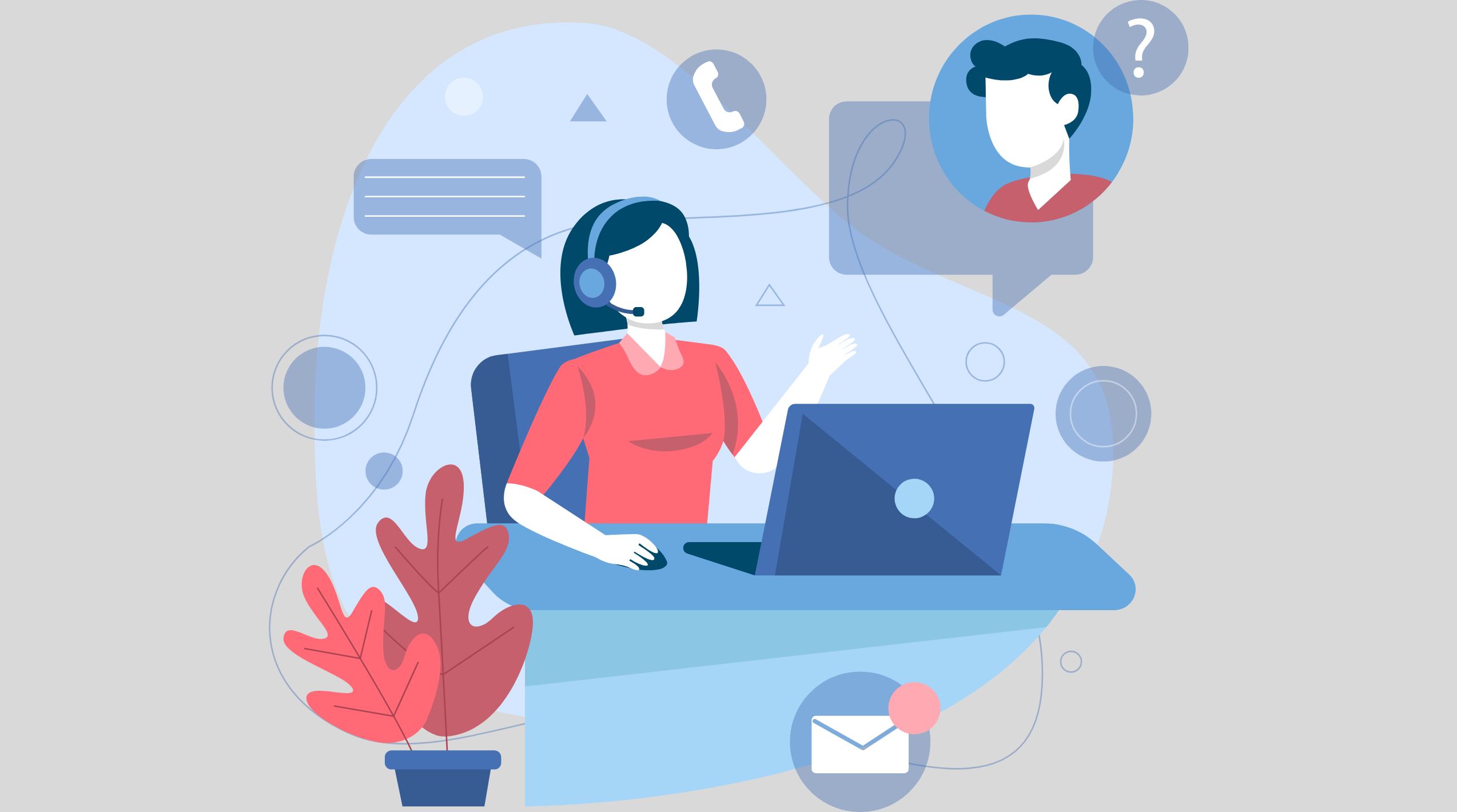Connect Shopify and Floworg AI to Build Intelligent Automations
Choose a Trigger

When this happens...

New Customer

New Order

New Product

Order Deleted

Order Cancelled

Order Paid

Customer Updated

Product Updated

New Collection

Collection Updated

New Segment

Segment Updated

New Company

Company Updated

New Location

Location Updated

Location Deactivated

Watch Product

Abandoned Checkout
Choose an Action

Automatically do this!

Add Tag By Name To User

Add Tag To User

Broadcast Sub flow To User

Clear User Field

Clear User Field by Name

Create Custom Field

Create Tag

Pause Bot Automation

Remove Tag by Name from User

Remove Tag from User

Resume Bot Automation

Send Content to User

Send Main Flow to User

Send Sub Flow to User

Send Text to User

Set Bot Field

Set Bot Field by Name

Set User Field

Set User Field by Name

Create Bot User

Find Agent By Email
Ready to use Shopify and Floworg AI automations
Explore more automations built by businesses and experts
Automate Instagram Comment Replies with Smart DMs
- text is ai
 ReplytoComment
ReplytoComment Send a Private ReplyAdd Step
Send a Private ReplyAdd Step - Is guide comment
 ReplytoComment Guide
ReplytoComment Guide Send a Private Reply GuideAdd Step
Send a Private Reply GuideAdd Step - multi keyword matchcmntdqJzLMYS
 ReplytoCommentMultiKeywordAdd Step
ReplytoCommentMultiKeywordAdd Step
Automate Expense Report Approvals via Slack & QuickBooks
- Send for Approval accept
 Create Entry of expensesAdd Step
Create Entry of expensesAdd Step - Send for reject
 Mail for RejectionAdd Step
Mail for RejectionAdd Step
Automate Instagram DM Replies, Reactions, and Team Alerts
- has response
 SendDMMessageAdd Step
SendDMMessageAdd Step - Notify team
 SendMailAdd Step
SendMailAdd Step - has react
 SendDMMessage ReactAdd Step
SendDMMessage ReactAdd Step
Actions and Triggers
When this happensTriggers
A trigger is an event that starts a workflow.
New Customer
Triggers when a new customer is created to Shopify account
New Order
Triggers when a new order is created.
New Product
Triggers when a new product is created to Shopify account.
Order Deleted
Triggers when a order is deleted in Shopify account.
Order Cancelled
Triggers when a order is cancelled in Shopify account.
Order Paid
Triggers when a order is paid in Shopify account.
Do thisActions
Action is the task that follows automatically within your Shopify integrations.
Create Customer
Create a new Shopify customer with contact info, optional addresses, tax settings, tags, and marketing consents.
Find a Customer
Find a customer by Name and Email.
Create Order
Create a new order
Find Product Variant by Title
Find product variant by title search
Get all Orders
Get a list of all the order.
Create Product
Create a new Shopify product with title, description, vendor, type, tags, options, SEO metadata, and publish status.
Know More About Shopify and Floworgai Integrations

A Step by Step Guide to Automate Customer Communication
Transform your customer communication strategy with our step-by-step automation guide. Learn how to enhance engagement and efficiency in your business operations.

How viaSocket Works | A Complete Guide
Gain insights into how viaSocket functions through our detailed guide. Understand its key features and benefits to maximize your experience and efficiency.

5 Simple Automation Hacks to Make Your Team Free
Unlock your team's potential with 5 straightforward automation hacks designed to streamline processes and free up valuable time for more important work.
Step by step guides to integrate Shopify and Floworg AI
Frequently Asked Questions
To start, connect both your Shopify and Floworg AI accounts to viaSocket. Once connected, you can set up a workflow where an event in Shopify triggers actions in Floworg AI (or vice versa).
Absolutely. You can customize how Shopify data is recorded in Floworg AI. This includes choosing which data fields go into which fields of Floworg AI, setting up custom formats, and filtering out unwanted information.
The data sync between Shopify and Floworg AI typically happens in real-time through instant triggers. And a maximum of 15 minutes in case of a scheduled trigger.
Yes, viaSocket allows you to add custom logic or use built-in filters to modify data according to your needs.
Yes, you can set conditional logic to control the flow of data between Shopify and Floworg AI. For instance, you can specify that data should only be sent if certain conditions are met, or you can create if/else statements to manage different outcomes.
About Shopify
Shopify is a leading e-commerce platform that allows anyone to set up an online store and sell their products. Merchants can also sell their products in person with Shopify POS.
Learn MoreAbout Floworg AI
Floworg AI is an advanced AI-driven platform designed to streamline and enhance organizational workflows. By leveraging cutting-edge artificial intelligence, Floworg AI helps businesses automate routine tasks, optimize processes, and improve overall efficiency. Whether you're managing projects, coordinating teams, or handling complex data, Floworg AI provides the tools you need to stay ahead in a competitive market.
Learn More


